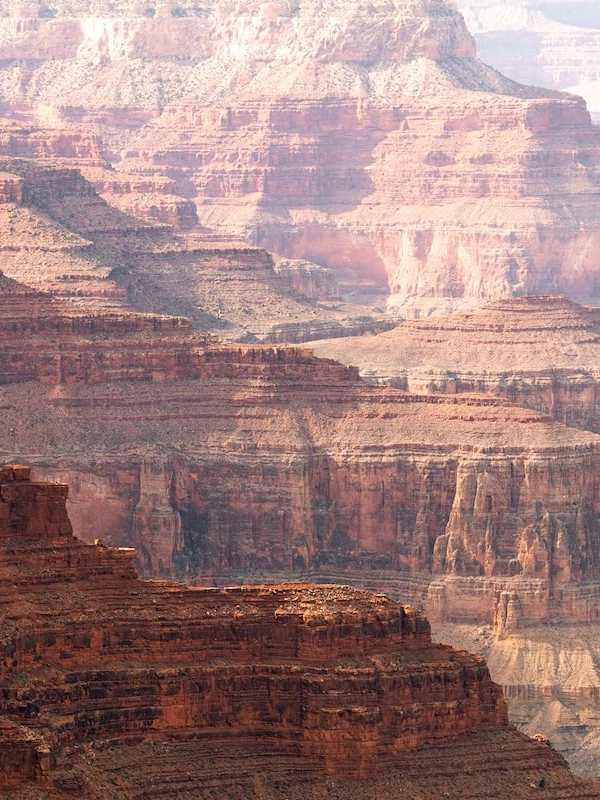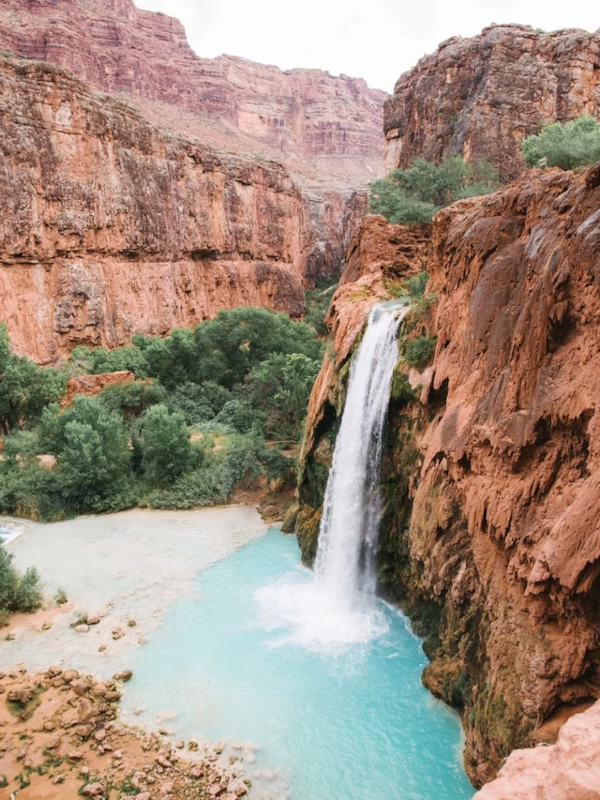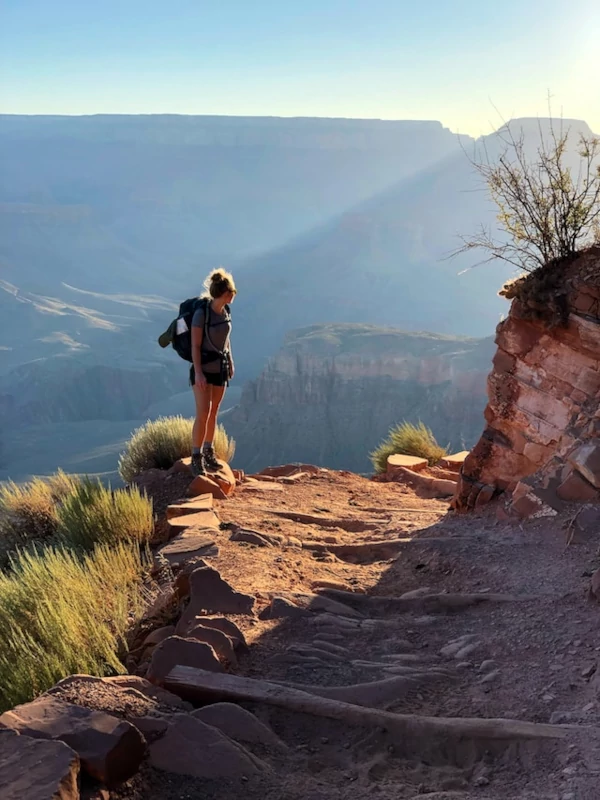The park, covering over 1.2 million acres, offers a diverse range of experiences for visitors. From the dizzying heights of the South Rim, where visitors can gaze into the depths of the canyon, to the more remote and less-visited North Rim, there are countless opportunities for exploration. Hiking is a popular activity, with trails ranging from easy walks along the rim to challenging descents into the canyon itself. Beyond its stunning geological features, the park is also home to a variety of wildlife, from bighorn sheep to California condors, making it a haven for nature enthusiasts and photographers alike.
Moreover, Grand Canyon National Park holds immense cultural significance for several Native American tribes, including the Havasupai, Hopi, Navajo, and others, who consider the canyon a sacred place. Their cultural connections and traditions add another layer of depth to the park's rich tapestry. Whether you're a geology enthusiast, a nature lover, or someone seeking a profound cultural experience, the Grand Canyon offers an unparalleled opportunity to connect with the natural and historical wonders of the American Southwest.








